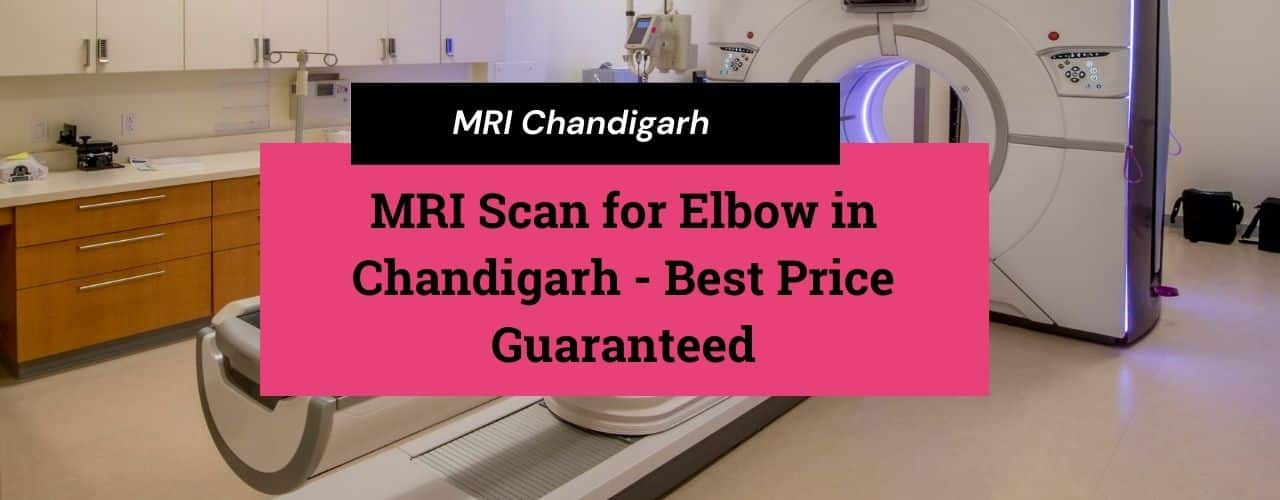The elbow joint enables the arm to be curved, straightened, and the forearm rotated such that the palms of the arm face down and up. In fact, the elbow consists of 3 joints.
Elbow discomfort is a prevalent complaint among professional and amateur athletes and individuals who have experienced chronic recurring work injuries. Evaluating the elbow using MRI is a major addition to the clinical test and can offer information that is not commonly accessible even during surgery. An exact diagnosis of images helps to treat sudden and severe elbow problems.
Why do we need an MRI scan for the Elbow?
For the evaluation of a preexisting elbow injury, MRI is not usually required. In individuals with elbow discomfort after trauma although, unexpected fracture or bruising may be observed. The capitellum is frequently affected by osteochondritis dissecans of the elbow. This disease, typically present in teenagers, can be associated with repeated trauma and is undiagnosed in its beginning. The main effect of osteochondritis dissecans is subchondral bone.
The bottom layer of that articular tissue is maintained, but deterioration and weakening of the subchondral bone might induce a separation of the joint area. In more than 50 percent of individuals, this damage subsequently turns to osteoarthritis.
Inside the elbow, osteonecrosis is very infrequent, but it may develop in the capitellum most frequently. Repeated strain or microtrauma in youngsters is the cause of this disease. Adults may get olecranon stress injuries, which are generally linked to pitching activities. MRI is very efficient in the diagnosis.
It might be difficult to evaluate collateral pain as well as subjective unstable collateral ligament damage clinically. Even though the x-ray somehow doesn’t identify ligaments clearly, soft tissue and bone problems with the joint area will be excluded. The MRI can clearly show minor or full tears of the ligament. Collateral ligament damages indicate thickening or thinner ligament, high-level edema and ligament bleeding.
Medial tendon collateral injuries frequently happen in pitching activities with valgus strain. The joint instability might lead to acute reawakening inside this ligament along with elbow displacement. Lateral collateral tendon lesions are uncommon, although in combination with the elbow’s displacement or breakage, they can happen. MRI will see the capsular as well as tendon injuries linked with it.
Due to its location inside the fibro-osseous tube behind the lateral humeral epicondyle, the ulnar nerve is very easily damaged than the remaining two. MRI will demonstrate a blocked ulnar nerve thickening further widely inside and over the tube. In certain circumstances, a missing arcuate ligament might allow the ulnar nerve to subluxate. Pressure can develop into neuritis as a result of the medial epicondylar. Symptomless volatility may be experienced, which often happens throughout arm flexion.
Changes in neuropathic muscles can also be identified using MRI. Muscular edema, although not precise, is by far the most important symptom of neuropathy.
The position and severity of tendon damage and the volume of tendon contraction can also be determined via MRI. In order to determine the spacing size, Sagittale pictures are ideal, and a myotendinous connection via radial tuberosity must be used to produce an axial picture. The T2-weighted MRI occasionally shows radial bicipital tendonitis as an excessive water accumulation interposed among the distal forearm tendon as well as radial tuberosity.
Cost of MRI scan Elbow
The cost of the MRI scan is often usually higher than 8,000/-. The fee varies accordingly on either you accomplish this inside a hospital or an independent imaging center.

Comments